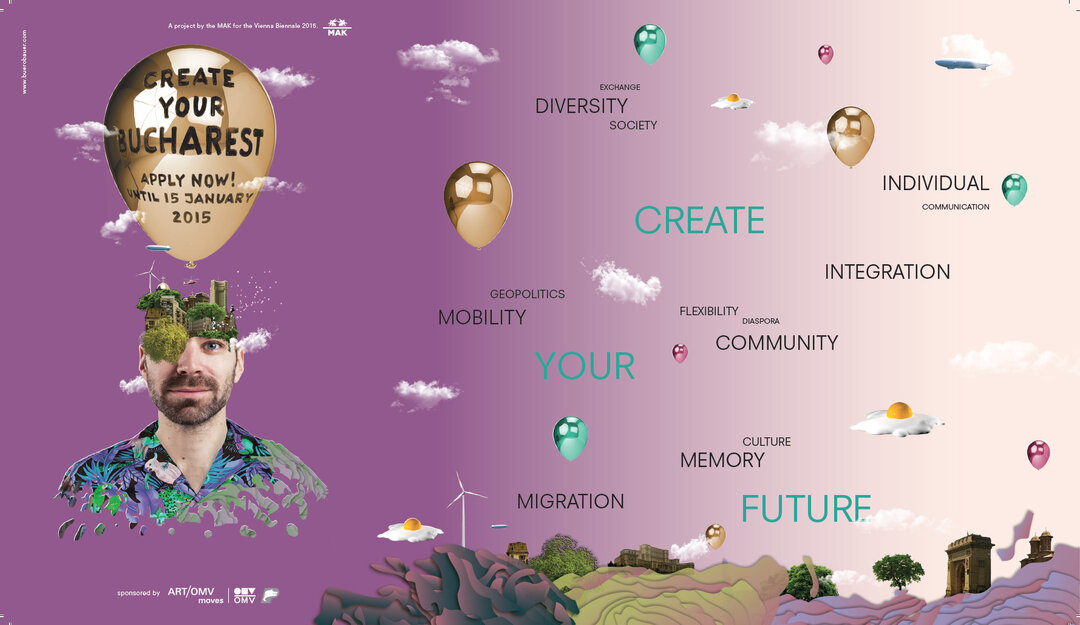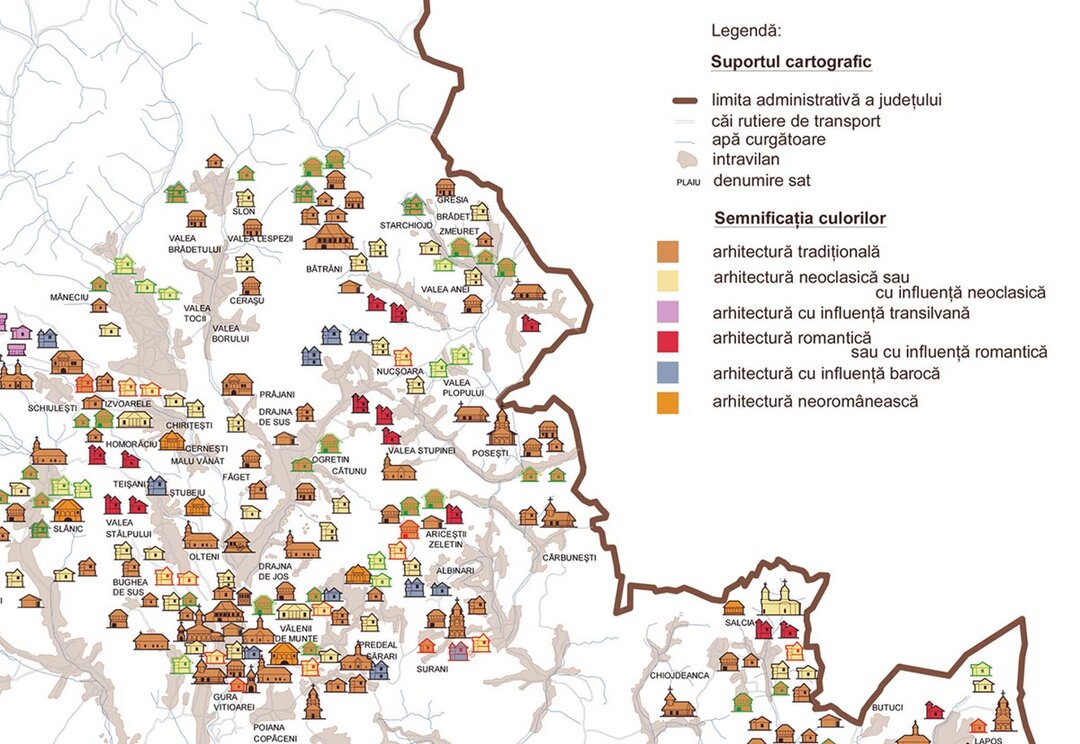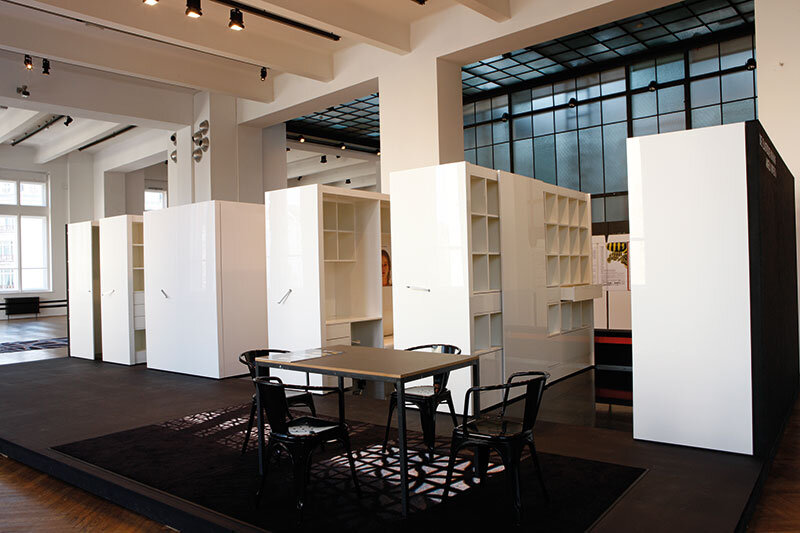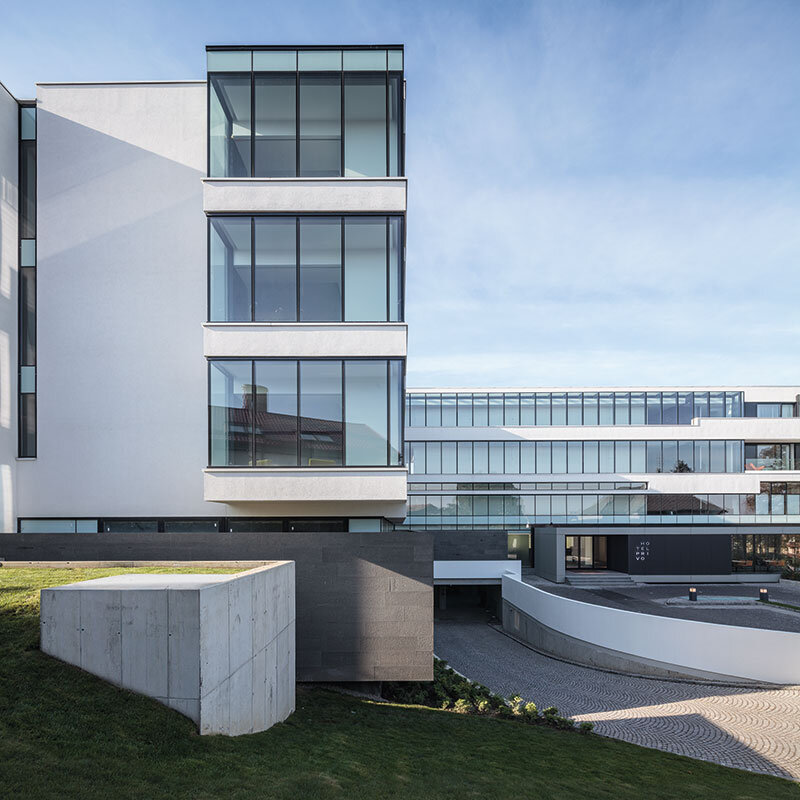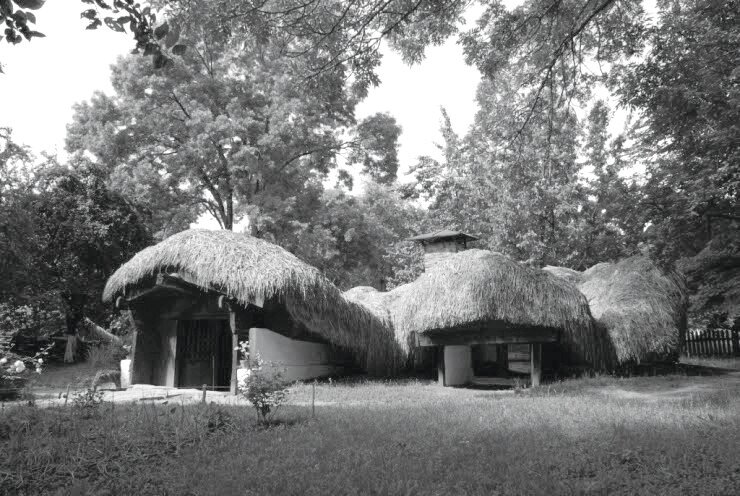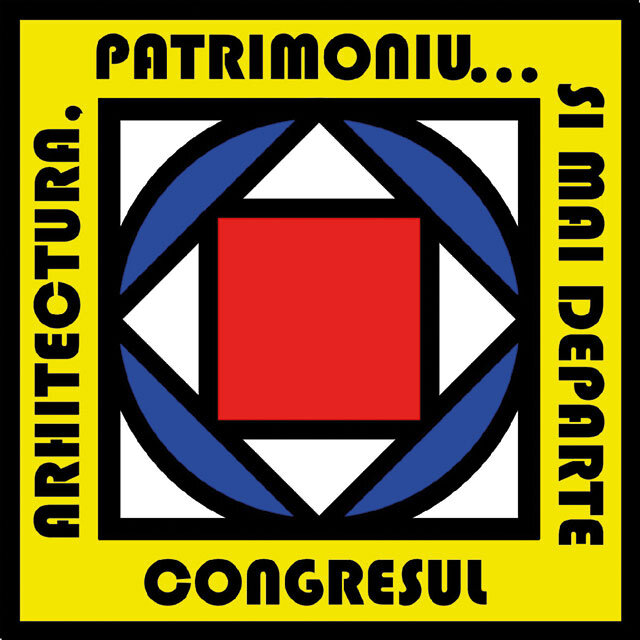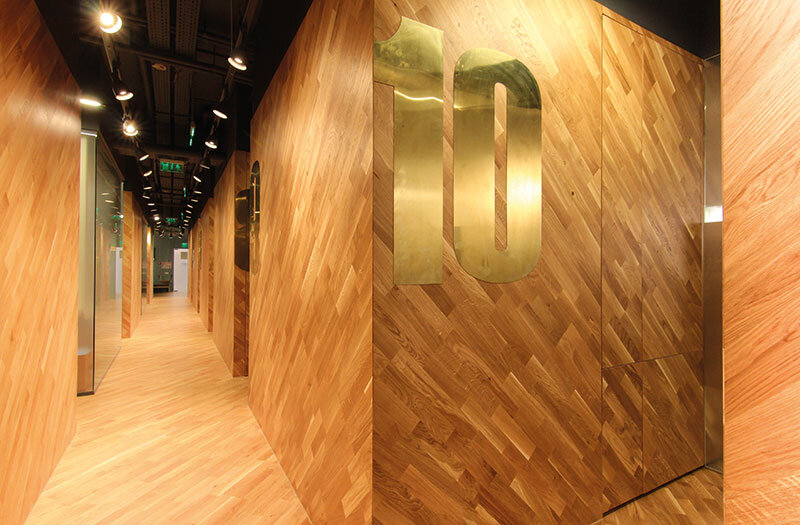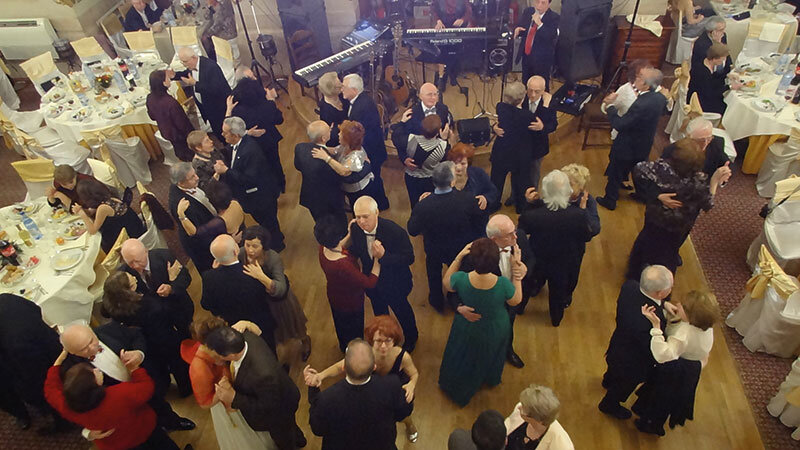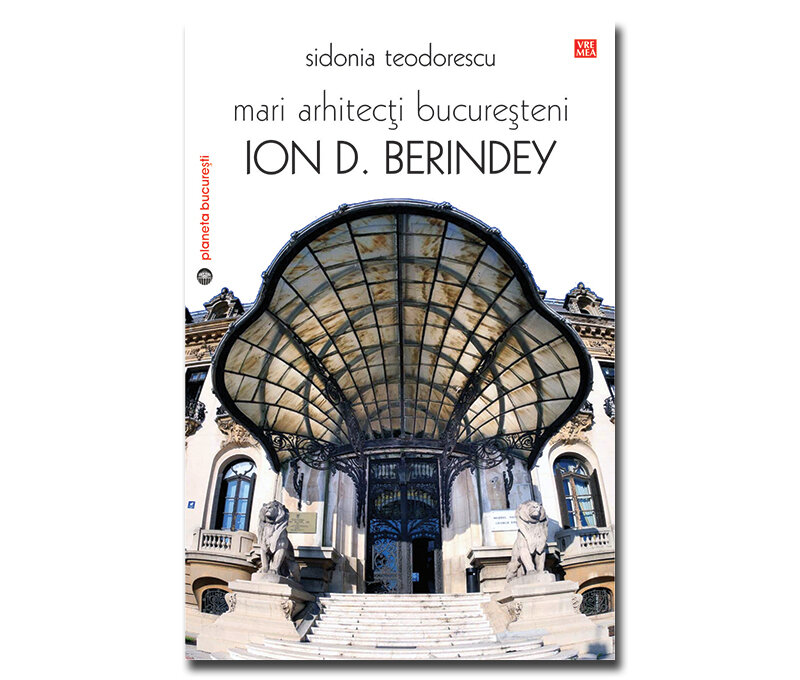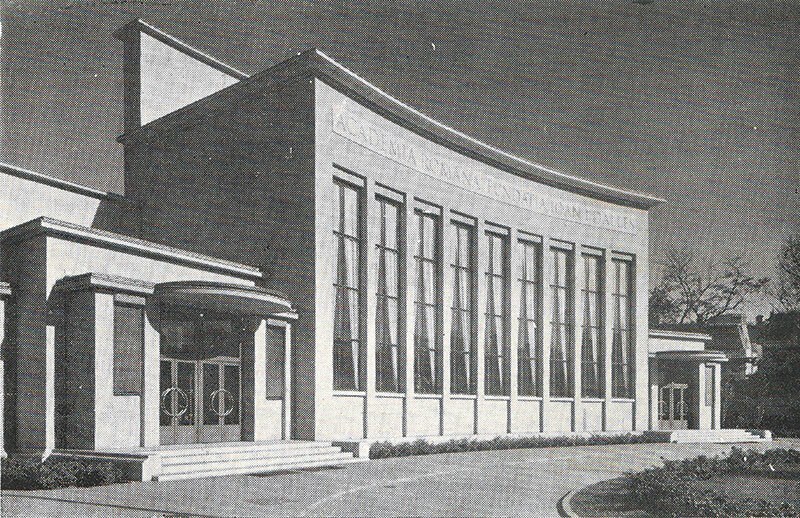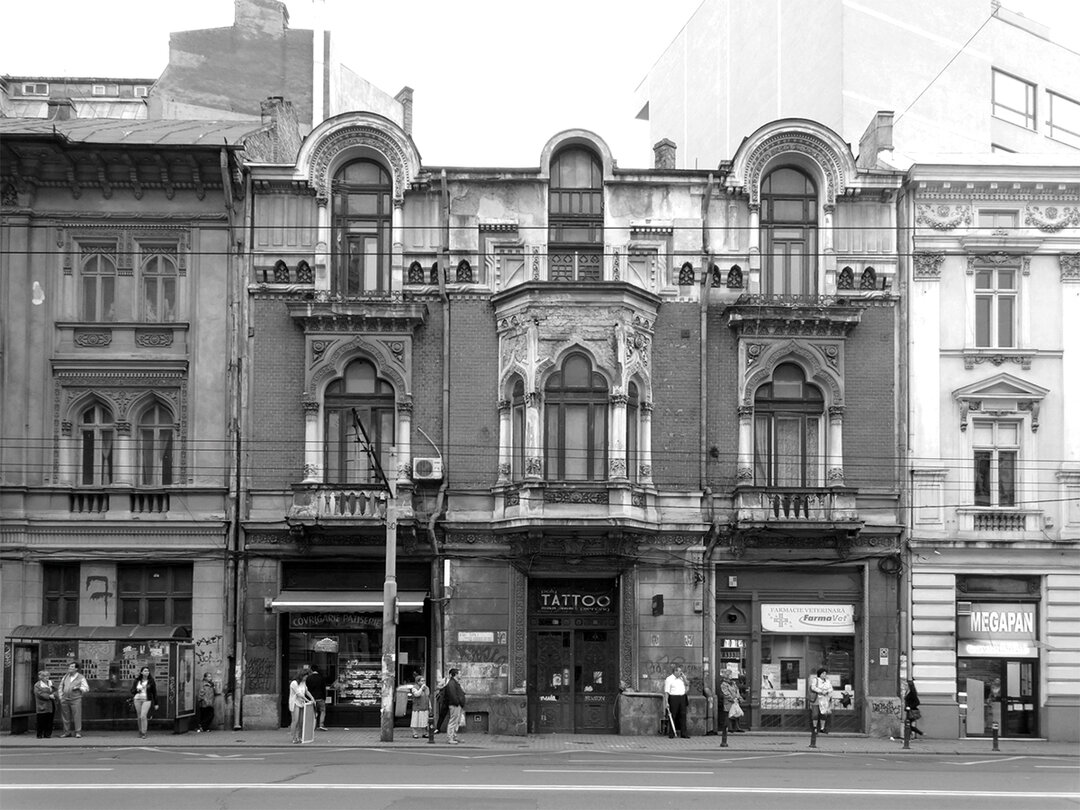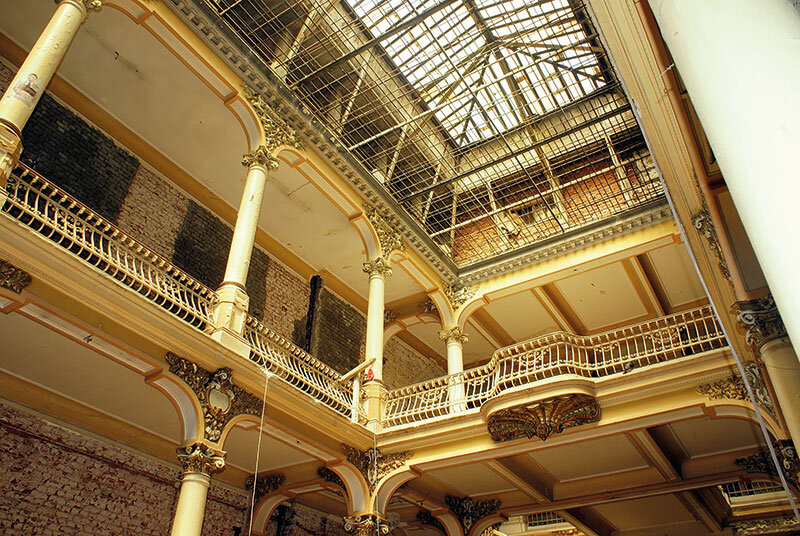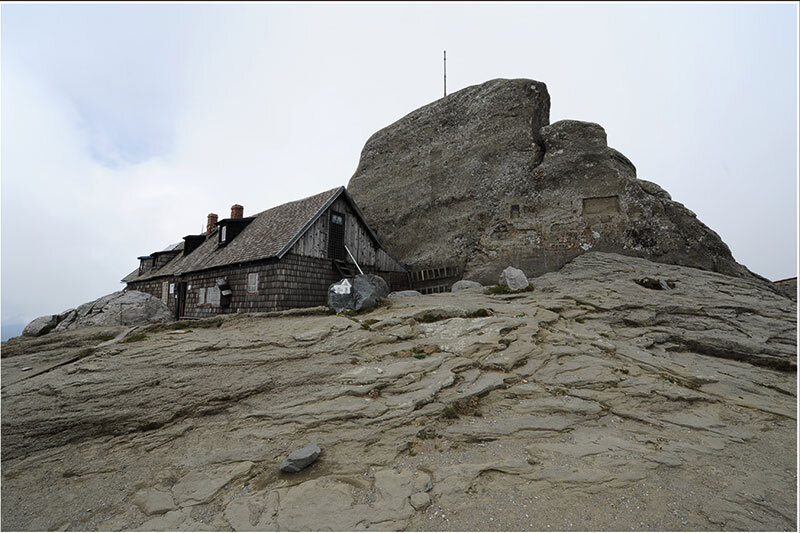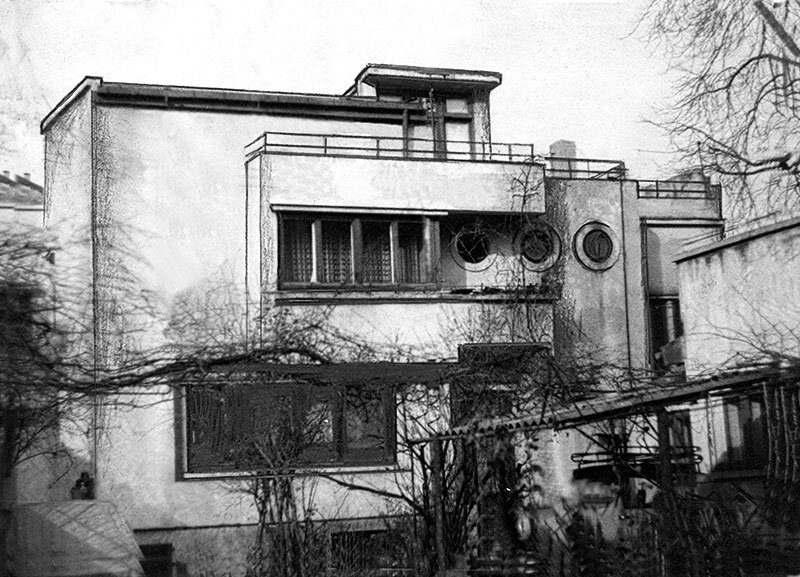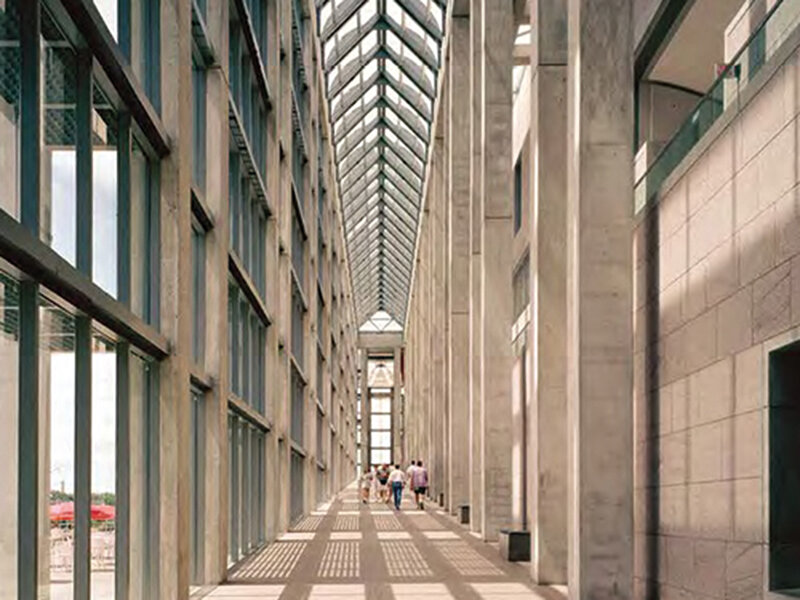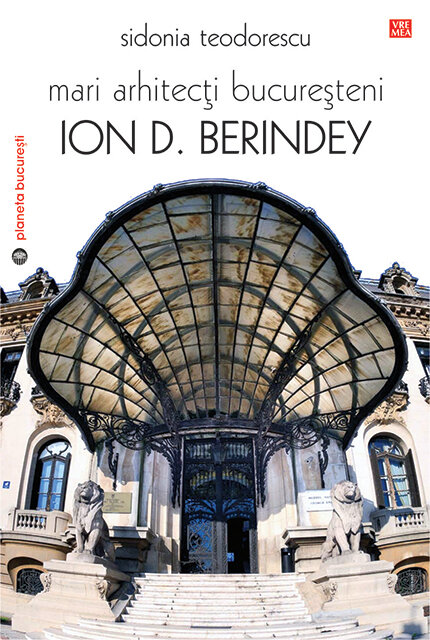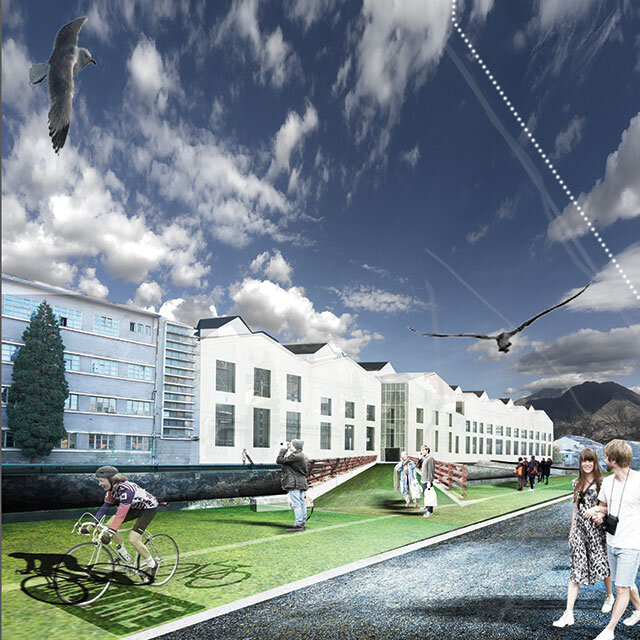
Great Architects of Bucharest: Ion D. Berindey

Author: Sidonia Teodorescu
Foreword: Dan Berindei
Vremea Publishing House, Bucharest, 2014
This volume is a model in terms of the scope of the approach, but also in terms of the author's tireless diligence. Its result - a real life reconstructed - is one of the most successful, as it is a researched theme that has been researched and carried through to the end. The life of a man such as he was and, above all, the work that the person in question was able to accomplish have been presented to us with a seriousness, competence and unfailing attachment that deserve to be highlighted and praised, as does the entire 'reconstruction' (excerpt from the book's 'Foreword', signed by Academician Dan Berindei).
Son of the architect Dimitrie Berindey (1831-1884), Ion D. Berindey (1871-1928) graduated from the Ecole des Arts Fru-moase in Paris in December 1897, and during his 30-year career he designed an impressive number of imposing buildings, some of which have become true testimonies to the solid construction of the early 20th century: in Bucharest - the Cantacuzino Palace, the George Assan House, the Palace of the Syndicate of Journalists, the Vasile Urseanu House and Observatory, the Toma Stelian House, the Cantacuzino Palace in Florești, the Băneasa Racecourse, the Palace of Culture in Iași.
The work brings to light new data about the life and work of architect Ion D. Berindey, among the buildings whose authorship is demonstrated by the author, including the "Regina Elisabeta" Nursing Home (9 Căldărușani St., today the headquarters of the "Ana Aslan" Institute of Gerontology and Geriatrics), the Bucharest residences of Nicolae Titulescu (47 Kiseleff St.), Gh. Stoicescu (str. Jean-Louis Calderon, nr. 82), Eliza Zănescu (str. Emil Balaban, nr. 6), Sever Pleniceanu (str. Jean Louis Calderon, nr. 20), Alexandru Zamfirescu (str. Slătineanu, nr. 22), the houses Daniel Patrulius (str. Dionisie Lupu, nr. 43) and Dumitru T. Apostol (str. Christian Tell, nr. 10; today the headquarters of the Metropolitan Library of Bucharest, "Ion Creangă" branch), the buildings of Maria and Ion Sterian (9 Pache Protopopescu Square) and Margot and Aurel Orăscu (19-21 Franceză St., the former headquarters of the Casandra Theater Studio), the sera of Macca House (today the "Vasile Pârvan" Archaeology Institute), on Henri Coandă St., the church of Miroși, jud. Argeș (a Macca family foundation), the extension of the Berindey Chocolate Factory (37, Puțul cu Apa Recee, now demolished), the unrealized project for the competition for the construction of the Peace Palace in The Hague and other unrealized projects.
The book is the result of lengthy and detailed research in archives, libraries and public and private collections, illustrated with documents from the National Art Museum of Romania, the National Archives, the National Archives, the Bucharest Directorate of the National Archives, the Bucharest City Hall, the Dolj and Constanța County Directorates of the National Archives, the Saint-Georges Fund of the National Library, the Bucharest Municipal Museum, the Romanian Academy Library.
The style of the architect Ion D. Berindey combines elements of French classical eclecticism, romanticism, rococo with neo-Romanesque tendencies and modern influences of 1900, both in the overall composition and in the richly represented decoration. The buildings designed by Ion D. Berindey impress with their harmony and elegance.
Berindey can be considered the founder of our school of architecture.
"A member of a dynasty of architects, creator of buildings that have become the adornments of the city, Ion D. Berindey has left a body of work whose complexity and beauty are worthy of investigation. The architect has found his chronicler in the young architect Sidonia Teodorescu, who has dedicated an extensive monograph to the great predecessor [...] From the discovery of the previously unknown authorship of some important buildings, to the architectural analysis of monuments and the structured presentation of the architect's biography, this book contains everything that is necessary for a lover of architecture and of Bucharest to understand Ion D. Berindey's contribution to the development of architecture in Romania and to the forging of the identity of its capital.
A strictly necessary work in these days of massive attack on the monumental heritage of the city, threatened with the loss of its built documents, windows into the life of our ancestors, always open, unique in their authenticity. With the loss of the roots that sustain its hopes for future development." (Vremea Publishing House)

